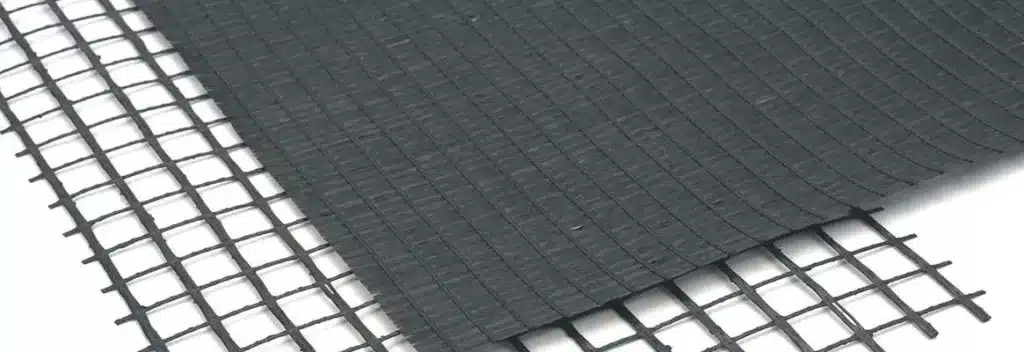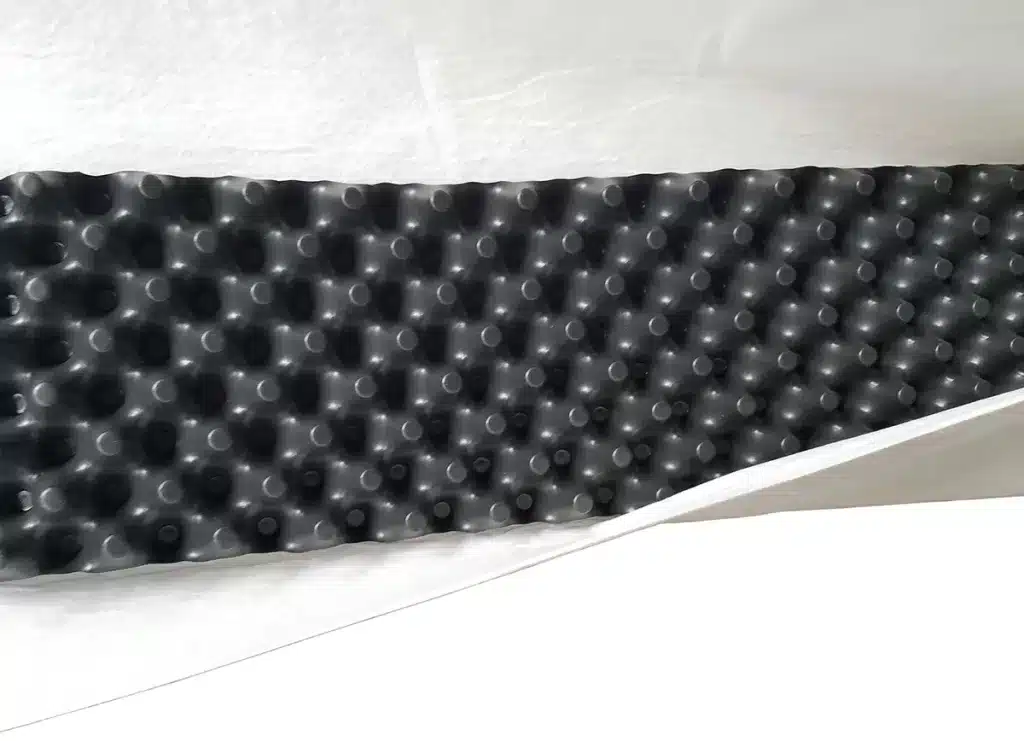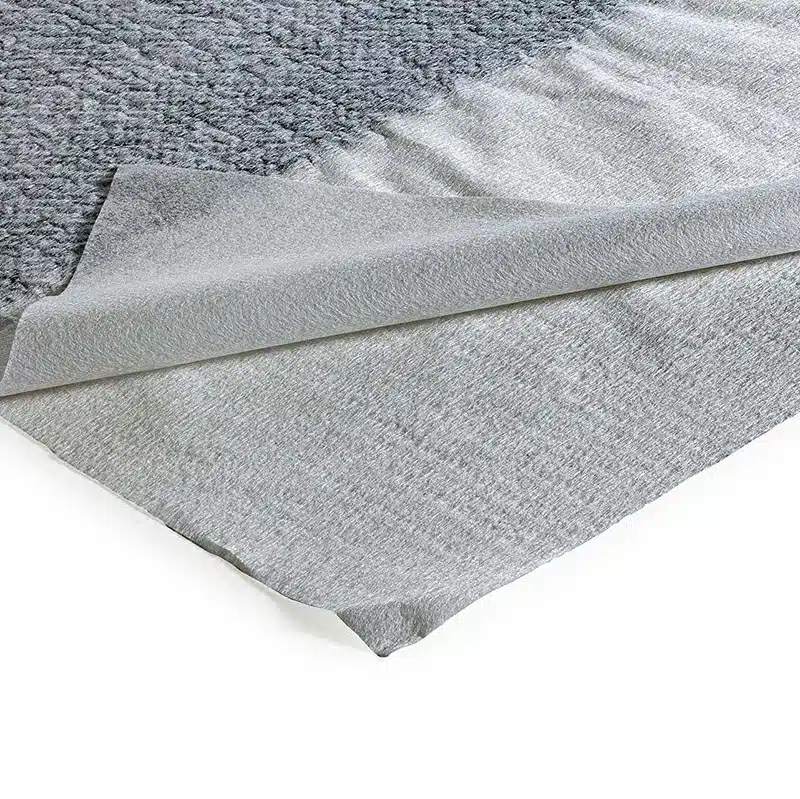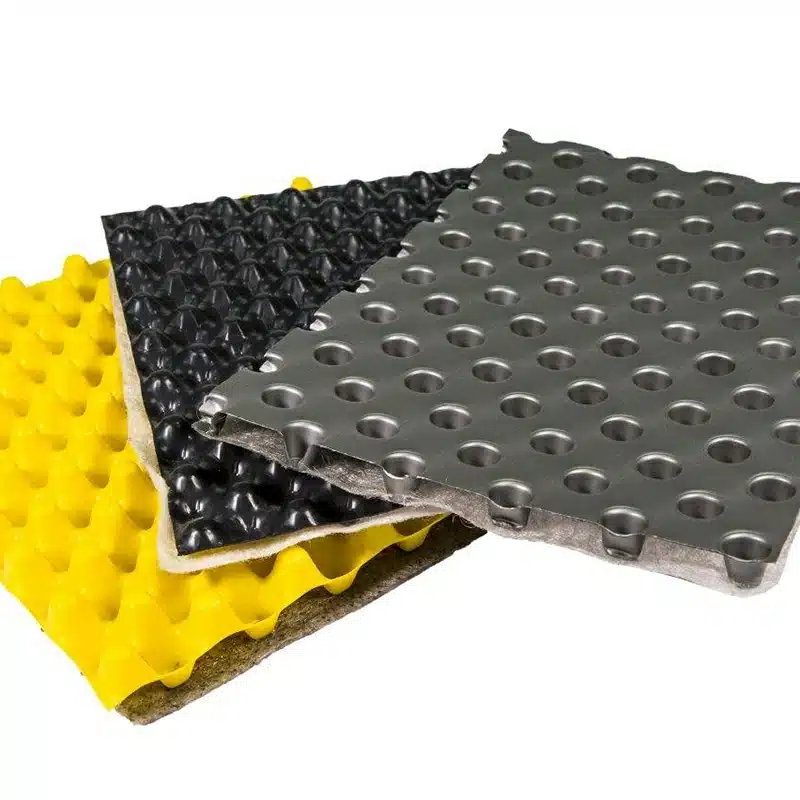+86-159 9860 6917
info@geofantex.com
geofantex@gmail.com
+86-400-8266163-44899
Discover a Wide Range of Geosynthetic Materials Products for Your Construction Needs. Our selection of geosynthetic materials products offers innovative and durable solutions designed to enhance the performance and longevity of your construction projects. From geotextiles and geomembranes to geogrids and geocomposites, our comprehensive range of geosynthetic products is engineered to provide superior soil stabilization, erosion control, and drainage solutions. With our high-quality geosynthetic materials, you can ensure the utmost strength, durability, and environmental sustainability for your construction endeavors. Explore our diverse portfolio and find the perfect geosynthetic solution tailored to your specific project requirements.

What is an example of a geosynthetic?
Examples include laminated PVC membranes made by calendering methods, woven and nonwoven fabrics with spread-coated impermeable membranes, and sheathed high-tenacity fiber bundles. However, the term geocomposite generally refers to products that combine two or more polymer structures.
What are the most common geosynthetics?
Clay liners, geocomposites, and geomembranes are the most frequently employed options.
- Geotextiles, known for their woven or non-woven fabric properties, serve purposes such as filtration, separation, and erosion control.
- Geomembranes are essential as impermeable sheets that ensure effective containment and fluid barrier functions.
- Geogrids, with their grid-like structures, are indispensable for soil reinforcement.
Additionally, geocomposites merge various geosynthetic materials to achieve specific engineering objectives, making them versatile solutions in the realm of geosynthetics.
What are types of geosynthetics?
There are six families of geosynthetics: geotextiles, geogrids, geonets, geomembranes, geocomposites and “geo-others.” Geotextiles form the largest group of geosynthetics. They are indeed textiles in the traditional sense, but consist of synthetic fibers rather than natural ones, such as cotton, wool or silk.
What are the four major applications of geosynthetics?
Geosynthetics find diverse applications in the field of civil engineering and construction. The four major applications of geosynthetics are:
- Soil Stabilization: Geosynthetics are used to reinforce and stabilize soil, preventing erosion, improving load-bearing capacity, and providing long-term structural support.
- Erosion Control: Geosynthetic materials are essential for controlling erosion in various environments, such as slopes, riverbanks, and shorelines, by preventing soil loss and maintaining landscape integrity.
- Drainage Systems: Geosynthetics play a crucial role in creating efficient drainage systems that manage water flow and prevent waterlogging in various construction projects.
- Containment and Environmental Protection: Geosynthetics like geomembranes are used for lining landfills, ponds, and reservoirs to prevent leakage and environmental contamination, making them vital for environmental protection and waste containment.

Geosynthetic products play a crucial role in modern construction and environmental engineering. This includes eight main product categories: geotextiles, geogrids, geonets, geomembranes, geosynthetic clay liners, geofoam, geocells, and geocomposites. These versatile materials serve various purposes, from soil stabilization and erosion control to waste containment and infrastructure enhancement. Understanding the diverse applications of these geosynthetic products is essential for successful and sustainable project planning and execution.



Get Free Sample
We’ll respond as soon as possible(within 12 hours)






















